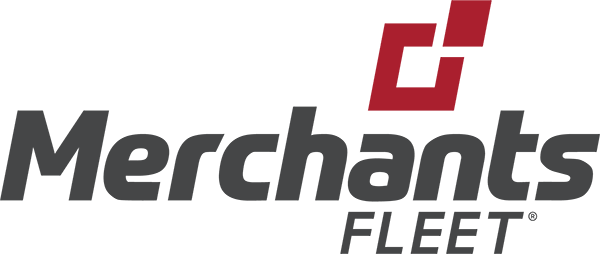The Structure of a Fleet Lease

Operating Lease
The operating lease terms provide the lessee (the company holding the lease), acquisition of the vehicle(s) under the lease for only a small portion of its useful life and usually used for short-term periods. With this lease, the vehicle(s) are returned at the end of the agreement terms to the lessor.
Preferred among most commercial enterprises, the operating lease can be treated as an off balance sheet transaction due to the company’s limitation in risks from ownership of the vehicle(s). This is allowed given that the operating lease meets the criteria of the Financial Accounting Standards Board Statement #13. Therefore, the lessee is able to treat the lease payments as an expense on the income statement, with the lease obligation footnoted on the balance sheet disclosure.
There are further definitions of an operating lease – open-end and closed-end leases. Find out more.
Capital Lease
The capital lease allows the Lessee to be treated as the owner of the leased assets for accounting purposes. This type of lease does not meet all of the FASB criteria for operating lease treatment and it would typically be the 90% test that is not met.
As the owner for accounting purposes the assets and corresponding liabilities appear on the Lessee’s balance sheet. In lieu of expensing the lease payment, the lessee takes depreciation allowances and deducts the interest portion of the monthly payment as current period expenses which can give favorable results for EBITDA calculations.
Capital Lease Criteria
The lease needs to meet any one of the following four conditions to be defined as a capital lease.
- Legal ownership of the asset automatically transfers to the lessee at the end of the term of the lease.
- The lease agreement contains a bargain (i.e. substantially below market value) purchase option.
- The lease term is equal to or greater than 75% of the asset’s economic life.
- The present value of the minimum lease payments is equal to or greater than 90% of the fair market value of the asset at the inception of the lease.
At Merchants Fleet, we are more than a fleet leasing and management services company—we are your fleet management partner. Call us at 866.653.2373 or click here for more information and to talk to one of our experts today.




